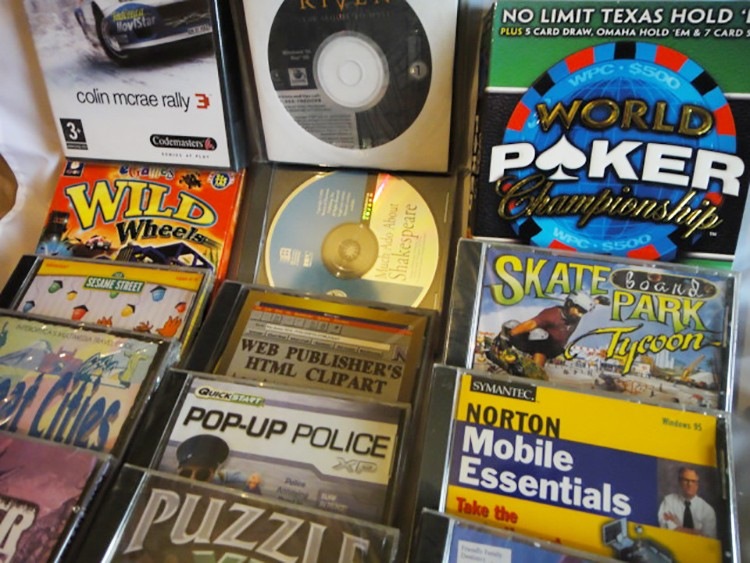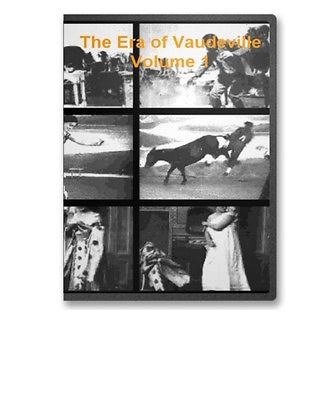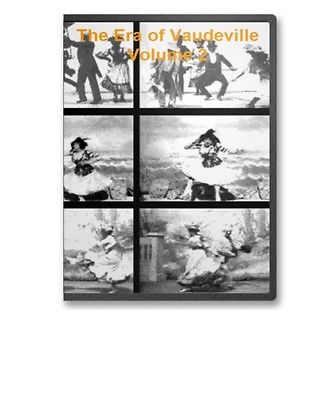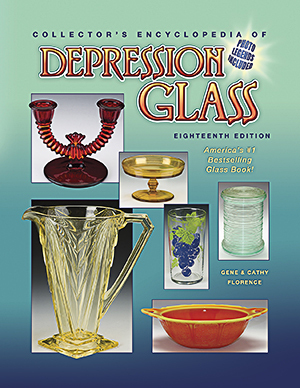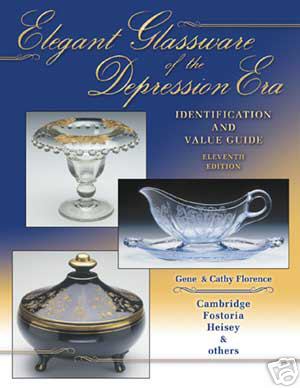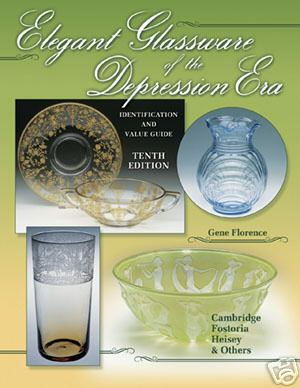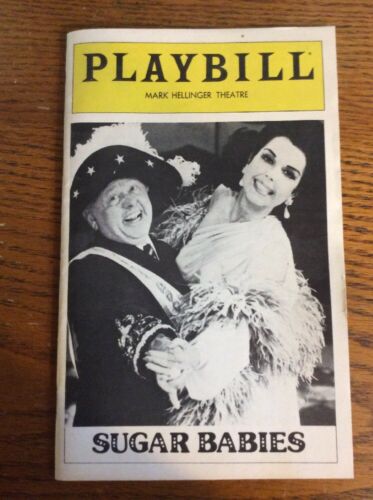The Historical Archive Sample Page
The Era of Vaudeville
Volume 1 (Containing 31 films)
The Era of Vaudeville is comprised of a total of 60 motion pictures. This auction is for Volume 1, which contains 31 films. Films include animal acts, burlesque, dance, comic sketches, dramatic excerpts, dramatic sketches, physical culture acts, and tableaus. Many of the films were produced from 1897 to 1920. The remaining films were produced by Hans A. Spanuth in Chicago from 1919 to 1920 for the series "Spanuth's Original Vod-A-Vil Movies." These motion pictures present a rare animated record of vaudeville acts from the turn of the century. Although not actually filmed on a theatrical stage, they sought to recreate the atmosphere of a theater performance by showing the types of vaudeville acts and performers that were popular at the time.
Below are sample clips from four of the films on this CD
Here is a of each film on this CD
Laura Comstock's bag-punching dog
CREATED/PUBLISHED United States : Edison Manufacturing Co., 1901.
SUMMARY Opens with the head and shoulders of a woman in full dress and hat and the front paws and head of a boxer visible behind a sign that reads "Miss Laura Comstock's Bag Punching Dog." Cuts to the dog sitting on his haunches on a stage with a painted backdrop of a trail through a forest. As the dog starts to wander offscreen, a large punching bag drops from above. He leaps up and hits the suspended bag with his head and body, causing it to swing. The dog repeatedly punches the bag in this manner until he knocks it down completely, grabs it in his mouth, and shakes it from side to side in his teeth.
Stealing a dinner
CREATED/PUBLISHED United States : American Mutoscope and Biograph Company, 1903.
SUMMARY A man sits at the dinner table, with a row of dogs behind him and a black dog sitting near the table in the foreground. When the master rings a bell for service, a dog enters on her hind legs dressed in a servant's cap and apron. As she hops toward the table, however, a cat jumps upon the surface. The master tosses the cat off the table as the serving dog exits. The man rings the bell again but gets no response, so he takes off his dinner napkin and leaves the stage. Seeing this, the black dog turns and jumps on the table, where he promptly eats his master's dinner. The black dog then grabs the cat in his mouth and places it on the table. As the man returns to the table, he sees his empty plate and the cat crouched nearby. Thus blaming the cat for the stolen dinner, the man first scolds the feline and then draws a pistol aimed at the "thief." When the black dog sees the gun, however, he jumps on the table between the pistol and the cat, begging on his hind legs for the master to spare its life. The man grabs the dog by the collar, dragging him to the floor, and instead shoots the unlucky dog. A large dog--perhaps a Great Dane--in a policeman's uniform enters on his hind legs, grabs the man by the shoulders from behind, and chases him offstage. The other dogs follow in an excited pack.
Animal act with baboon, dog and donkey
CREATED/PUBLISHED United States : Commonwealth Pictures Corp., 1919 or 1920?
SUMMARY Opens on a closeup of a baboon "playing" a violin, then cuts to a medium shot of the same. The baboon wears a white short-sleeved shirt with a loose bow tie and tweed pants. Cuts to a closeup of the baboon in a circular mask or iris effect, without the violin but with a collar around his neck and a striped kitten that he places on his shoulder. Another iris effect opens to a long shot of a stage with a painted backdrop of a river. Standing at stage left is a woman in a spangled, sleeveless dress to the knee and high laced boots, holding the leash of a dark donkey. The baboon stands center stage, near a man in a white animal trainer suit with dark piping and a white cap. On a chair stage right sits a black and white spotted dog. A series of cuts show the baboon performing various tricks, including roller-skating in a circle around the man, doing a walking handstand, circling the stage atop a large ball, and riding the ball down a ramp with the kitten in his arms. The dog then creates figure-eights through the woman's legs as she walks, and jumps a rope held by the woman and baboon. Cuts to the baboon riding a bicycle in a circle around the man. Cuts to the baboon leading the donkey onstage, and then to the donkey apparently play-biting and kicking two men. The gag of the men trying to mount the donkey--only to be bitten, kicked, or thrown off--is repeated, with one intertitle: "A 100% kick." Ends after the baboon jumps on one man.
Tom Tinker's pony patter
CREATED/PUBLISHED United States : Commonwealth Pictures Corp., 1919 or 1920?
SUMMARY Camera iris opens to six ponies with decorated harnesses and plumed halters, standing in the center of a stage with a painted backdrop of mountains. Cuts to two ponies on a seesaw, with a moustached man in a white uniform with dark piping and a white cap holding their leads. A second trainer in a dark suit can also be seen occasionally with the ponies. Individual ponies perform a variety of tricks, including rolling a slatted barrel across the stage with front legs and then with a nose, knocking over the barrel, "limping" across the stage with one front leg held off the ground, and pushing the trainer over with a nose-butt. Cuts to the six ponies lined up at the back of the stage, with each pony's head lying over the neck of the pony in front of him. Cuts to the ponies circling the trainer in a straight radial line and then in various combinations, including three by three, pairs, and singly. The ponies finish their circling by walking in a straight line to the front of the stage and then bowing on their knees. Cuts to a closeup of the six ponies in a line, facing the camera, which closes in an iris effect to black.
Jumbo, the trained elephant (in 2 parts)
CREATED/PUBLISHED United States : Commonwealth Pictures Corp., 1919?
SUMMARY Camera iris opens from black to a smiling man standing in front of an elephant, who is seated on her haunches on a stool with her front legs raised in the air. They are apparently on a stage with a painted backdrop of a forest. The man gives the elephant a treat, who then stands as the iris closes. Another iris effect opens on a stage with a painted backdrop of a castle. A man enters, dressed in a trainer or ringmaster's uniform of a dark suit with shoulder braids and a white cap. He is followed by Jumbo, a small Indian elephant with clipped tusks wearing a headress or headband. Both bow to the camera. A circus stool is rolled on the stage and Jumbo steps onto it with her front legs. A pony and dog enter the stage and create a domino effect behind the elephant, with the pony's front legs on Jumbo's rear and the dog's front legs on the pony's rear. Cuts to the dog making figure eights around Jumbo's legs as the elephant walks. Cuts to Jumbo lying down, then the pony and dog stand on either side of her with their front legs on her sides. Cuts to the pony walking across the stage on its hind legs, and then bowing with the trainer to the camera.
Part 2: Cuts to Jumbo climbing on the circus stool with all four legs. The trainer gives her one end of a rope to hold with her trunk, and he twirls the other end as the dog jumps the rope. The trainer and the dog then jump the rope together as Jumbo watches. Cuts to the elephant sitting on the stool as the trainer places a handbell on a small table in front of her. Jumbo picks up the bell with her trunk and rings it. The man sets a plate on the table, from which Jumbo eats and then tosses aside. She rings the bell again and appears to drink from the bottle which her trainer brings in response. A series of jump cuts show Jumbo crawling on the ground in a circle on her back knees, standing on her hind legs, performing a handstand on her front legs, balancing on the circus stool with various combinations of two legs, and dancing in place with her front legs. Cuts to a frame of intertitle: "Oh! How she dances." With her back to the camera, Jumbo shuffles her hind legs in a kind of dance. Cuts to a closeup of Jumbo's open mouth as she walks toward the camera. Closes with her picking up a series of flags on the ground with her trunk and tossing them over her back. She holds the last one--a U.S. flag--as she turns in a cirle, the trainer bows, and the dog excitedly jumps around on stage.
From show girl to burlesque queen
CREATED/PUBLISHED United States : American Mutoscope and Biograph Company, 1903.
SUMMARY Opens on a dressing room set with a mirror, dressing table, and chair center stage and a folded dressing screen on the left. A smiling, dark-haired woman enters through the door on stage right, unbuttoning a full-length polka-dot costume. As she undresses, she frequently looks directly at the camera and smiles. She removes her sash or cummerbund, the top with its trailing sleeves, and her skirt, leaving her clothed only in a sleeveless chemise. Smiling directly at the camera, she mischievously slips a strap of the garment off one shoulder, then ducks behind the screen. After the chemise is thrown over the top of the screen, her arm furtively reaches out from behind the screen and grabs a slight garment from the back of the chair and some items from the dressing table. She then emerges wearing a risqu , decorated costume with cap sleeves and a very short skirt, gathered at the waist. Her legs appear to be bare. The woman brandishes a sword, grabbed from under the discarded dress, and strikes a seductive pose as the viewer glimpses a costumed man entering the room.
Karina
CREATED/PUBLISHED United States : American Mutoscope and Biograph Company, 1902.
SUMMARY On a bare stage with a black background stands a woman with short, curly hair, wearing a dark dress with a sleeveless top, low-cut bodice, mid-calf length skirt, and layers of petticoats. Smiling at the camera, she seductively raises her skirt to reveal the multiple white petticoats, as well as her lacy, white bloomers to the knees, white tights, and a garter on her right thigh. Peering over her lifted skirt, Karina slowly turns around and then lowers to her knees and leans back, circling with her upper body and arms. Still holding up the skirt, she returns to standing. With her back to the viewer, she bend backwards at the waist so that she looks at the camera, and dramatically covers her face with one arm. Karina then stands back up and turns to the camera. Lifting her skirt, she performs a "dance" consisting of circles, leg lifts, and twirls.
Kiss me
CREATED/PUBLISHED United States : American Mutoscope and Biograph Company, 1904.
SUMMARY Opens on a stage set of a street with a sidewalk and a high fence completely covered with female burlesque troupe posters. The four posters visible advertise actual contemporary burlesquers Fred Irwin's Majestics, Rose Sydell (of her London Belles), Phil Sheridan's New City Sports (with the tag line "Ain't we three birds"), and the Rentz-Santley Co. One of the center posters--that for Rose Sydell--features an attractive woman with nude shoulders. Two well-dressed women pass along the sidewalk, glancing disapprovingly at the images covering the fence. They are followed by a woman and a younger girl, perhaps her daughter. The latter pauses to look at the Sydell poster; the older woman, looking back, reacts in horror at what she sees and drags the girl away. An older bearded gentleman then strolls by, enjoying an eyeful of the posters, and is about to walk off when he is drawn back to the woman in the Rose Sydell ad. He jumps as she seemingly comes to life and turns to look at him seductively, pursing her lips. The man rubs his eyes, but still the woman in the poster watches him. He finally puts on his eyeglasses and examines the girl closely. Unbeknownst to him, an older woman enters the scene. Shocked, she grabs the man by his ear and drags him away as he blows a kiss to the "poster."
Pity the blind
CREATED/PUBLISHED United States : American Mutoscope and Biograph Company, 1904.
SUMMARY Filmed version of a popular vaudeville gag, as if from the audience of a variety theater. A boy, holding a sign under his arm, leads a man onto a stage with a painted backdrop of a city street corner. With his dark glasses and cane, the man is apparently blind. He kneels down slightly left of center stage and lays down his hat and cane, while the boy turns the placard around so that it reads "Pity the Blind," places it around the man's neck, and exits the stage. A gentleman with a cigar crosses the stage, pauses to read the sign, and drops some money in the blind man's hat. He is followed by two well-dressed women in furs and long coats, who also leave coins for the beggar after searching their purses. As they start to exit, however, one of the women stops and raises her skirt to adjust her tights. Behind her back, the supposed blind man slides his dark glasses down his nose and ogles the woman's exposed leg. With the leggings in place, the women exit the stage none the wiser, leaving behind a smiling "blind" man.
Princess Rajah dance
CREATED/PUBLISHED United States : American Mutoscope and Biograph Company, 1904.
SUMMARY Princess Rajah performs an "Oriental" or belly dance, and a balancing chair act in her teeth like that often found in folk performances in various cultures from Northern Africa to Greece. Shot outdoors in a street scene at the St. Louis Exposition, the film captures her act in an extreme long shot. She wears a dark, sleeveless dress to mid-calf, with a fringed, low-cut bodice and fringed belt worn at the waist, over multiple petticoats, bloomers, stockings, and heeled shoes. While playing finger cymbals, Princess Rajah performs a variety of dance movements that include spins, traveling movements, shoulder and hip shimmies, a frontal hip lock, other hip movements, and pirouettes. She then grabs a decorated chair i
 Login
Login
 Login
Login


